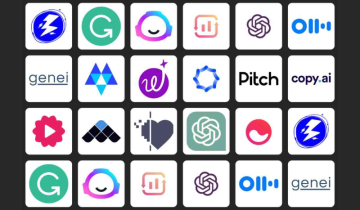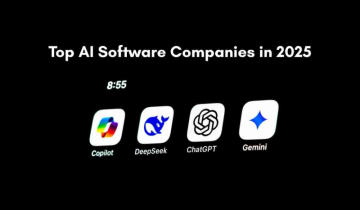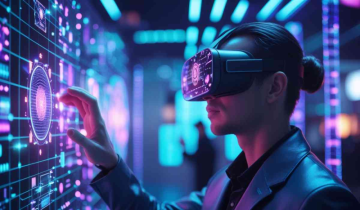The rapid evolution of AR and VR technologies is revolutionizing industries, from healthcare to education, gaming, and enterprise solutions. As we approach 2025, advancements in AI integration, hyper-realistic simulations, and user-centric hardware are setting new benchmarks for immersive experiences. Here’s how these innovations are transforming the digital landscape and why they matter for businesses and consumers alike.
AI-Driven Immersive Experiences
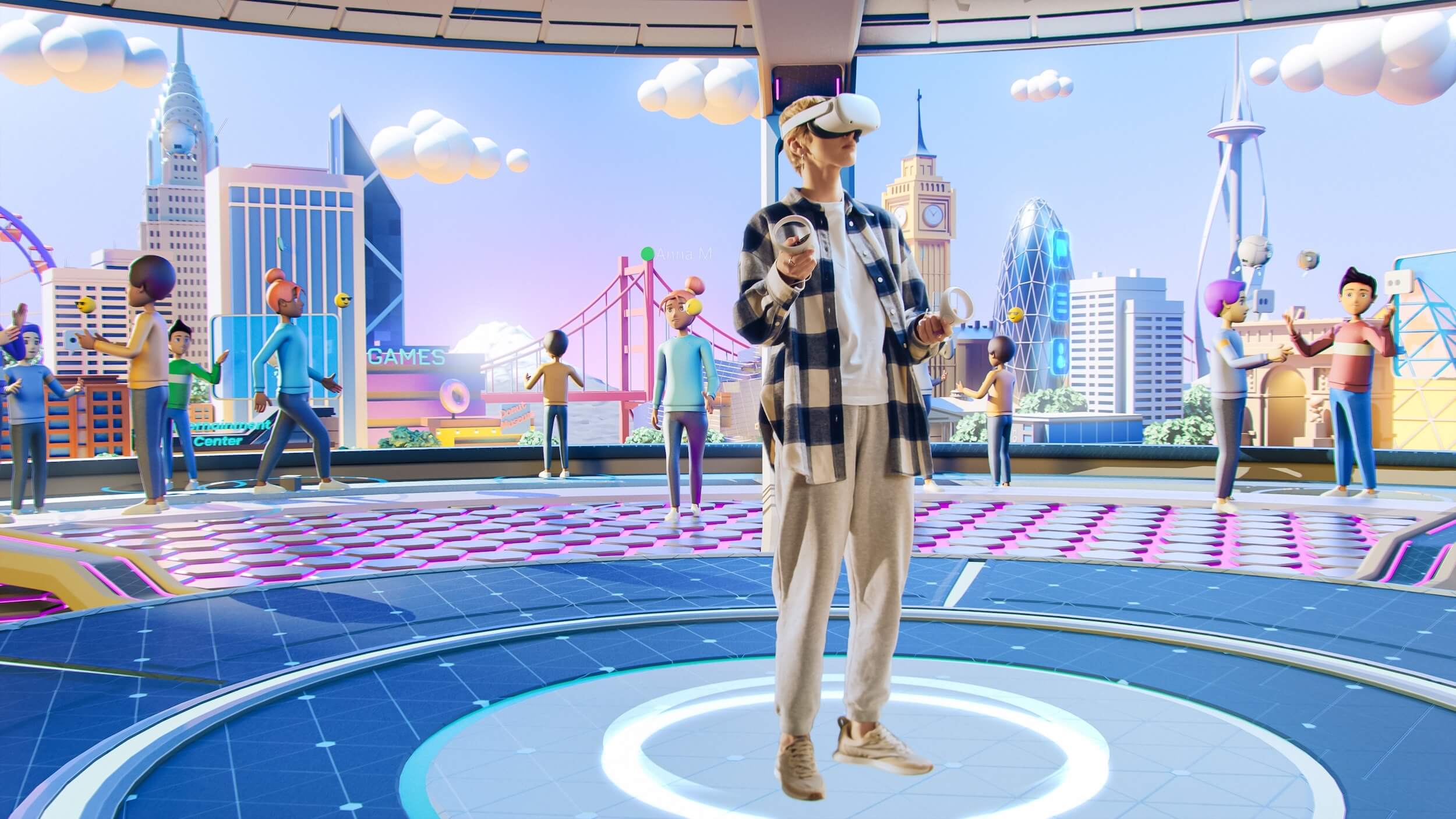
Artificial Intelligence is redefining AR/VR capabilities, enabling smarter environments and intuitive interactions. AI automates the generation of 3D landscapes, reducing reliance on manual design and accelerating content creation. For instance, architectural tools now leverage AI to craft dynamic virtual spaces for training and prototyping. Gesture-tracking advancements, such as Orion glasses, eliminate controllers, allowing users to manipulate 3D models with natural hand movements-boosting productivity in engineering and design.
Hyper-Realistic VR: Blurring Physical and Digital Worlds
In 2025, VR is prioritizing hyper-realism through multi-sensory engagement. Users can experience tactile feedback, environmental smells, and even taste simulations, making virtual environments indistinguishable from reality. Medical trainees benefit from risk-free surgical simulations, while educators transport students to historical events or distant planets, enhancing engagement and retention.
AR/VR Hardware Innovations
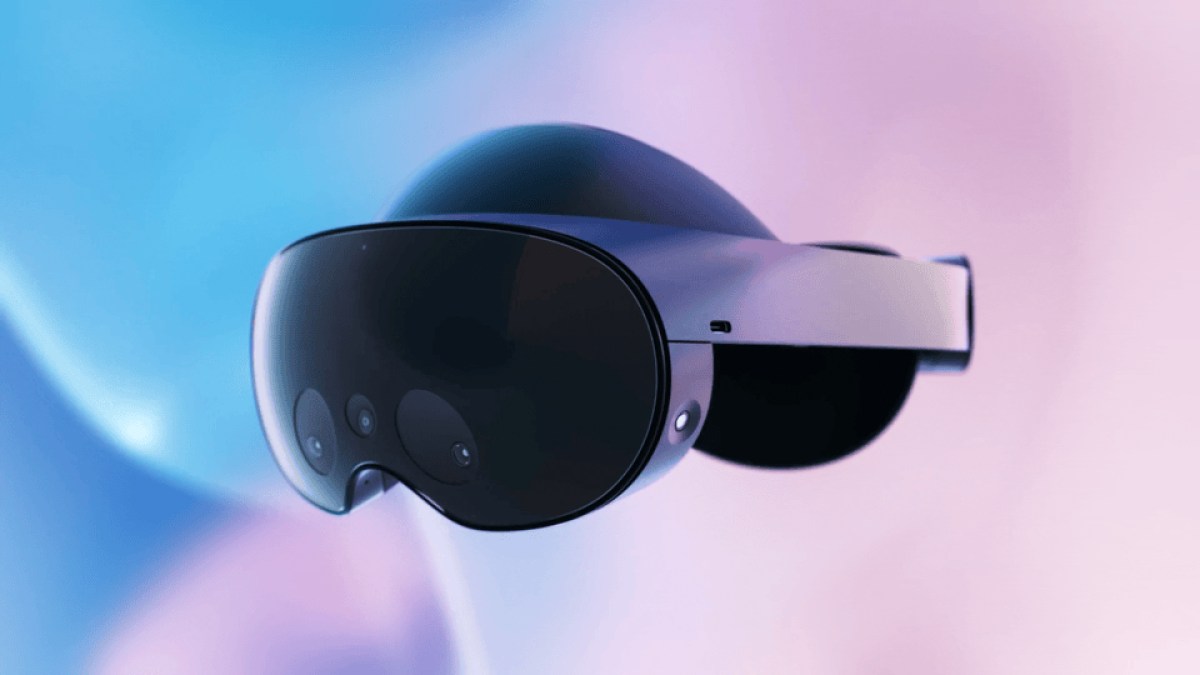
Hardware advancements are critical to mainstream adoption. Apple Vision Pro, launched in 2024, set a new standard with high-resolution displays, ergonomic design, and seamless AR/VR integration. Compact, stylish headsets and AI-powered wearables are driving accessibility, enabling applications in remote collaboration, workforce training, and customer service.
Social VR Platforms and Collaborative Tools
Social VR is transitioning from niche to mainstream, offering interactive spaces for virtual concerts, multiplayer gaming, and global meetings. Platforms are becoming more inclusive, fostering communities that bridge geographical divides. Businesses leverage these tools for team collaboration, client presentations, and immersive marketing campaigns.
Enterprise Adoption Across Industries

AR/VR is no longer limited to gaming. Key sectors embracing these technologies include:
-
Healthcare: Surgical simulations, patient diagnostics, and rehabilitation.
-
Education: Immersive classrooms and virtual labs.
-
Retail: AR-powered virtual try-ons and in-store navigation.
-
Manufacturing: Prototyping, safety training, and remote equipment maintenance.
SEO and Digital Marketing Implications
Integrating AR/VR into digital strategies enhances user engagement and dwell time-critical factors for SEO rankings. Brands using AR for virtual product previews or VR for interactive tours see higher conversion rates and social shares, driving organic traffic and backlinks. Early adopters gain a competitive edge by positioning themselves as innovators in crowded markets.
Challenges and Future Outlook

While hardware costs and content development remain hurdles, declining prices and AI-driven tools are accelerating accessibility. The global VR market is projected to exceed $18 billion by 2025, with AR poised to dominate retail and industrial applications.
Final Thoughts
AR and VR are not just futuristic concepts but practical tools reshaping how we learn, work, and connect. As AI, hardware, and content ecosystems evolve, businesses must embrace these technologies to stay relevant in an increasingly immersive digital world.
By focusing on user experience, innovation, and cross-industry applications, AR/VR will continue to redefine the boundaries of reality in 2025 and beyond.
With inputs from agencies
Image Source: Multiple agencies
© Copyright 2025. All Rights Reserved Powered by Vygr Media.




